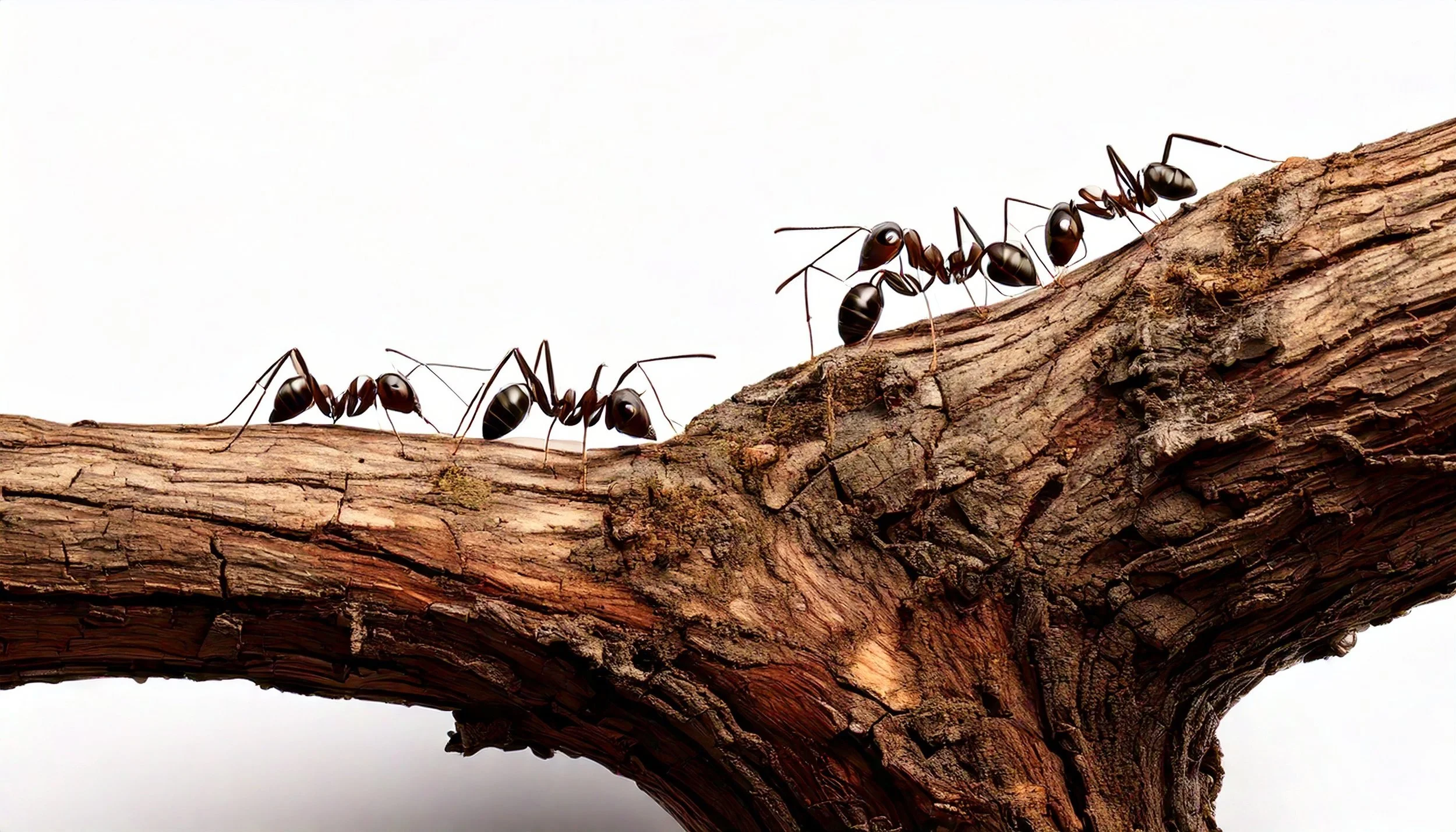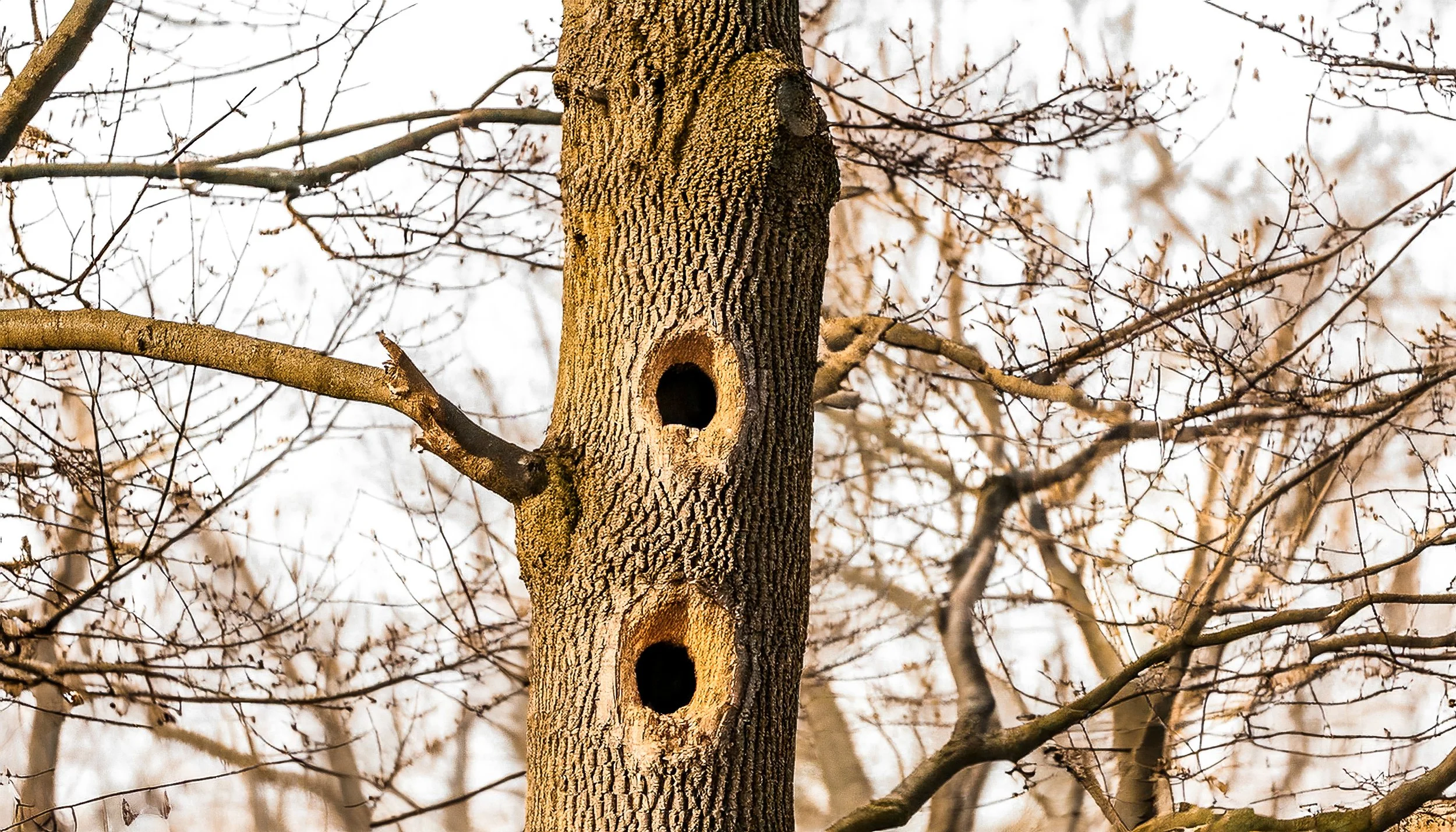A tree with hollow sections or soft spots may be suffering from internal decay. Even if the tree appears fine on the outside, these weaknesses can make it more likely to fall. These hollow spots can originate from old branches that have fallen off or even woodpecker holes.
Previous
Previous
Why Choose Top Branch for Your Tree Care Needs?
Next
Next










